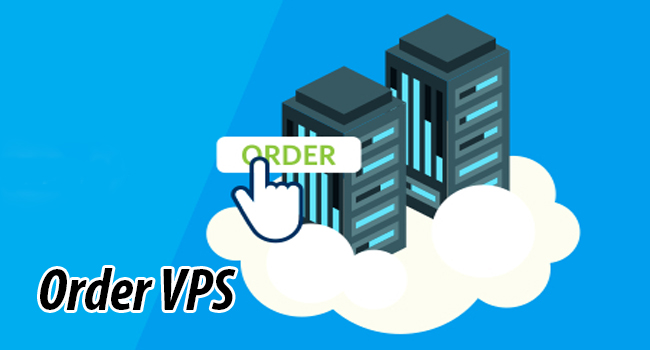Order VPS: A Comprehensive Guide
In the world of web hosting and online services, Virtual Private Servers (VPS) have become a crucial component for businesses and individuals seeking more control, flexibility, and performance compared to shared hosting. Ordering a VPS involves several steps and considerations to ensure you select the best option for your needs. This guide provides a comprehensive overview of VPS ordering, including key factors, steps, and tips for making an informed decision.

What is a VPS?
A Virtual Private Server (VPS) is a virtualized server that acts as a dedicated server within a larger physical server. Unlike shared hosting, where multiple users share the same server resources, a VPS provides a dedicated portion of the server’s resources, such as CPU, RAM, and storage. This isolation ensures better performance, security, and customization options.
Benefits of VPS Hosting
- Performance: VPS offers superior performance compared to shared hosting. With dedicated resources, your website or application can handle more traffic and perform better.
- Customization: Unlike shared hosting, VPS allows you to install and configure software according to your needs. You have more control over the server environment.
- Security: VPS provides better security as your server environment is isolated from other users. You can implement custom security measures and have control over access permissions.
- Scalability: VPS solutions often come with options to scale resources up or down based on your requirements, providing flexibility as your needs change.
- Cost-Effective: While more expensive than shared hosting, VPS is generally more affordable than a dedicated server, offering a balance between cost and performance.
Choosing the Right VPS
- Determine Your Needs: Assess your requirements in terms of CPU, RAM, storage, bandwidth, and software needs. Consider factors such as expected traffic, resource demands, and any specific software or applications you plan to run.
- Operating System: Decide whether you need a Windows or Linux VPS. Linux is popular for its flexibility and cost-effectiveness, while Windows may be necessary for specific applications.
- Managed vs. Unmanaged VPS: Choose between a managed VPS, where the hosting provider handles server maintenance and management, or an unmanaged VPS, where you are responsible for server management and configuration.
- Hosting Provider: Research hosting providers to find a reputable company with good customer support, reliable uptime, and positive reviews. Compare features, pricing, and service level agreements (SLAs).
- Scalability Options: Ensure the VPS provider offers easy scalability options in case your needs grow or change over time.
Steps to Order a VPS
- Research and Compare: Investigate different VPS providers and plans. Compare features, pricing, and customer reviews to find the best fit for your needs.
- Select a Plan: Choose a VPS plan that matches your requirements in terms of resources, operating system, and management level.
- Sign Up: Create an account with the chosen hosting provider. Provide necessary information, such as contact details and payment information.
- Configure Your VPS: After ordering, configure your VPS by selecting the desired operating system and any additional options or software required.
- Access and Set Up: Once your VPS is provisioned, access it through remote desktop or SSH. Set up your server environment, install necessary applications, and configure security settings.
- Testing: Test your VPS to ensure it meets your performance and functionality requirements. Make any necessary adjustments based on your testing results.
Conclusion
Ordering a VPS is a significant step in enhancing your web hosting capabilities, offering greater control, performance, and security compared to shared hosting. By carefully assessing your needs, choosing the right provider, and following the proper setup procedures, you can ensure a smooth and successful VPS experience. Whether you’re managing a high-traffic website, running applications, or needing a reliable development environment, a VPS can provide the flexibility and power you need to achieve your goals.